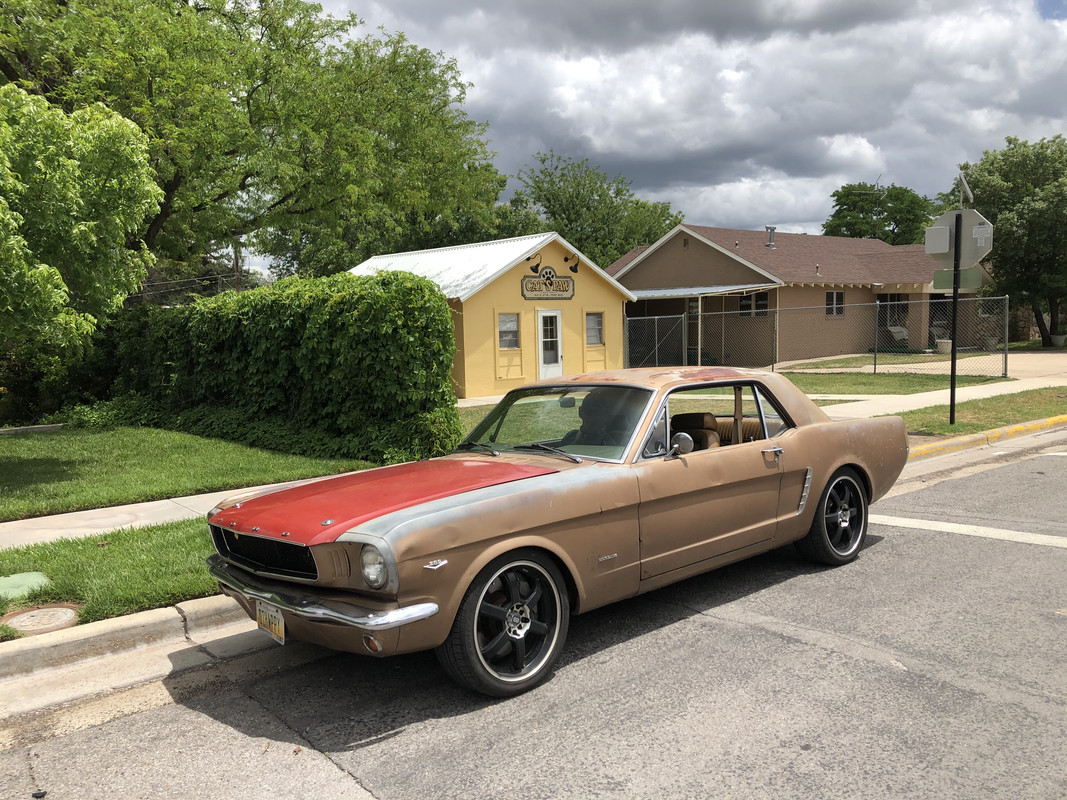 MS wrote:
MS wrote:
Many customers have used the CSRP disc brake conversion using the MS power brake system with the revised pedal ratio.
Several forum members have them on their car.
Properly set up, it should provide 2” total pedal travel if everything is perfect.
I am always suspect of rear drum brakes being properly adjusted. A “slight drag” is often described. I prefer to adjust the brakes aa tight as can be done, then back off ten clicks.
A “slight drag” will always be felt before the brakes are tight as there is nothing to center the shoes inside the drum except when the brakes are applied. So you can get drag before adjustment is actually achieved.
IF you have them close, and IF your self-adjusters are in good shape, repeated hard braking WHILE IN REVERSE will allow the self-adjusters to take the slack out of the brake system.
 Nos681 wrote:
Nos681 wrote:
Which master cylinder is being used?
Front/rear lines backwards perhaps?
Front/rear lines are correcly routed and neither are above the MC. I should have been more clear in my rear drum adjustment comment, as I did tighten down all the way and then loosen to just barely drag. However, for completeness I just redid the procedure. I also removed and cleaned up the self-adjusters (just to make sure) and did the repeated hard-stop while reversing procedure. Unfortunately, neither of these had any impact on brake pedal travel distance.
The master cylinder I'm working with right now is what was included in the CSRP kit. Unfortunately no brand given for it, but here are the specs from the site: (Master Cylinder: Iron, 15/16" bore manual (with adjustable push rod) or 1" power, dual reservoir, front disk rear drum, integral residual pressure valve, optional 4 wheel disc type available, 3/8"-24 female flare forward outlet, 7/16"-24 female flare aft outlet). Assume since I'm working with the power conversion kit that it is the 1" bore version.
I just now ordered a Motive pressure bleeder to triple-check that there's no air anywhere in the lines, even though they've been bled multiple times via the 2-man pedal pump method. Will also go ahead and do another bench bleed of the MC before hooking up the pressure bleeder. If those still don't eliminate the travel... guess it's time to order the PB-5? 3" slack in the pedal (total 4-5" travel distance) seems like a lot of slack to have -- not sure if the revised pedal ratio in the PB-5 alone would take up that first 3"? I'm also not sure whether I would need to replace the MC and proportioning valve I already have?
Last edited by mustang6518 (2/17/2021 6:38 PM)

 1
1 


 BobE wrote:
BobE wrote:


